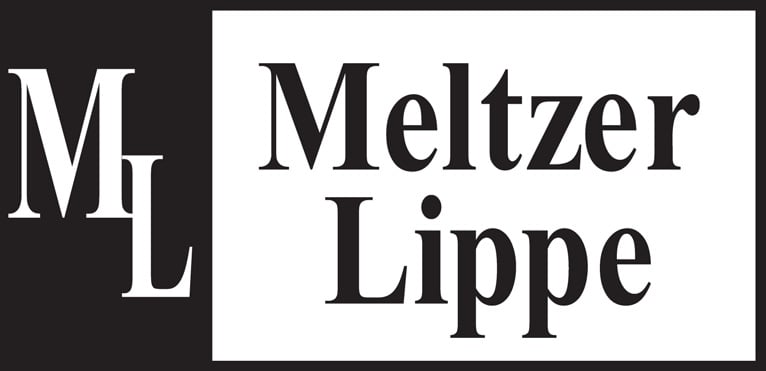For 25 years after the enactment of Estates, Powers & Trusts Law 10-6.6 (EPTL), commonly referred to as New York’s decanting statute, no New York court had interpreted subparagraph (k) thereof. EPTL 10-6.6(k) provides that the remainder of EPTL 10-6.6 does not abridge a trustee’s right to appoint trust assets under the common law or the terms of the governing instru-ment. The lack of case law concerning subparagraph (k) resulted in uncertainty as to whether every decanting has to comply with the requirements of the decanting statute, the terms of the trust, or the common law. This uncertainty posed problems for trust and estate practitioners. However, after a quarter of a century, New York courts have weighed in. In Davidovich v. Hoppenstein, the Appellate Division, First Department affirmed two New York County Surrogate’s Court’s decisions holding that a trustee need not comply with the notice requirements of EPTL 10-6.6 if the trust instrument grants the trustee the absolute discretion to distribute assets in further trust for the benefit of one or more beneficiaries. This article will discuss the decanting statute, the Hoppenstein decisions, and the ramifications thereof.
Read more here.
Reprinted with permission from the New York State Bar Association © 2018.
